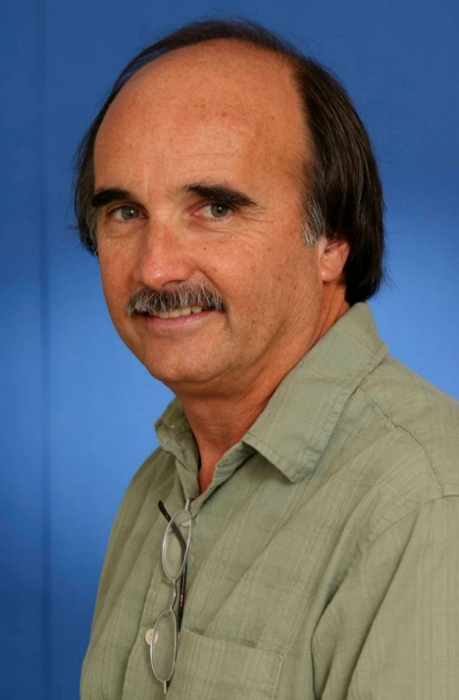ODU's Cutter Helps News Team Evaluate Coal Ash Spill
March 21, 2014
 Greg Cutter
Greg Cutter
Greg Cutter, a chemical oceanographer on the faculty of Old Dominion University, was the right scientist in the right place to help a WVEC-TV news reporter assess the impact on Hampton Roads drinking water of a coal ash spill last month into the Dan River.
Cutter is respected internationally for his expertise in identifying and measuring trace metals in freshwater and saltwater. So WVEC recruited him to test water in the Lake Gaston reservoir, which is fed by the Dan River and supplies drinking water to Hampton Roads. (See http://www.wvec.com/home/Tests-show-local-drinking-water-safe-in-wake-of-coal-ash-spill-249331481.html.)
The coal ash spill was at a Duke Energy power plant along the Dan River 100 miles west of Lake Gaston. The lake is about 100 miles west of Hampton Roads.
Cutter's analysis of the Lake Gaston water found no heightened levels of selenium, one trace metal pollutant that could spread from the coal ash spill. But another potential pollutant from the spill, arsenic, did show up in the reservoir in higher than average, yet not dangerous, amounts.
It was Cutter's advice that this water supply be checked carefully in coming months because the spill gradually could result in even higher levels of arsenic or other trace metals getting into the reservoir.
Interestingly, Cutter received a 2013 R&D 100 Award from R&D Magazine for his work on an analysis instrument that can quickly and easily detect arsenic in food or water. He
served as a consultant to a Massachusetts company, PID Analyzers, that created the instrument.
"I've worked with their (PID Analyzers') gas chromatographic detector for the last 30 years and discovered more than 20 years ago that it worked great for analyzing arsenic," Cutter said in an interview last year. He said he and the company worked together to create a specialized instrument when public concern mounted in 2011 and 2012 about arsenic levels in common food items such as apple juice and baby formula.
Cutter was also a leading scientist in the environmental impact testing that followed a 5 million-cubic-yard spill of coal ash in 2008 at the Tennessee Valley Authority's coal-fired generating plant in Kingston, Tenn., on the Emory River.
A professor in the ODU Department of Ocean, Earth and Atmospheric Sciences, who is affiliated as well with the Department of Chemistry and Biochemistry, Cutter is one of the leaders of GEOTRACES, the largest research program ever in chemical oceanography worldwide. The project, which started in 2007 and is expected to last through this decade, has a $200 million budget and involves scientists from 30 countries. The research findings are expected to have a broad impact on our understanding of global climate change and seawater contamination.
In 2007, Cutter was the recipient of ODU's annual Faculty Research Achievement Award "for his outstanding research over more than 20 years at Old Dominion and for his international reputation as a scholar and scientist." He has spent close to 600 days working aboard research vessels and was among an international team of scientists who participated in a 2005 trans-Arctic research expedition, gathering samples and data that will provide information about climate cycles through the ages and present-day global warming.

